 There’s a lot of stuff going on with this show that I really like. Simply put, Yofukashi no Uta is in my lane. It harkens back to the anime that were prevalent when I became a fan (about when a certain phone was on the market). But the timing of it does call to mind a bittersweet reality. When you watch a series which is completely devoid of style (and there are two examples among my core group this season – so far) you appreciate a show with any style. Even if that style sometimes annoys you (as Itamura Tomoki’s Shaft-accented repertoire occasionally does). As long as it’s not too over the top, it’s just refreshing to watch a series that perceptibly reflects the individuality of the people behind it.
There’s a lot of stuff going on with this show that I really like. Simply put, Yofukashi no Uta is in my lane. It harkens back to the anime that were prevalent when I became a fan (about when a certain phone was on the market). But the timing of it does call to mind a bittersweet reality. When you watch a series which is completely devoid of style (and there are two examples among my core group this season – so far) you appreciate a show with any style. Even if that style sometimes annoys you (as Itamura Tomoki’s Shaft-accented repertoire occasionally does). As long as it’s not too over the top, it’s just refreshing to watch a series that perceptibly reflects the individuality of the people behind it.
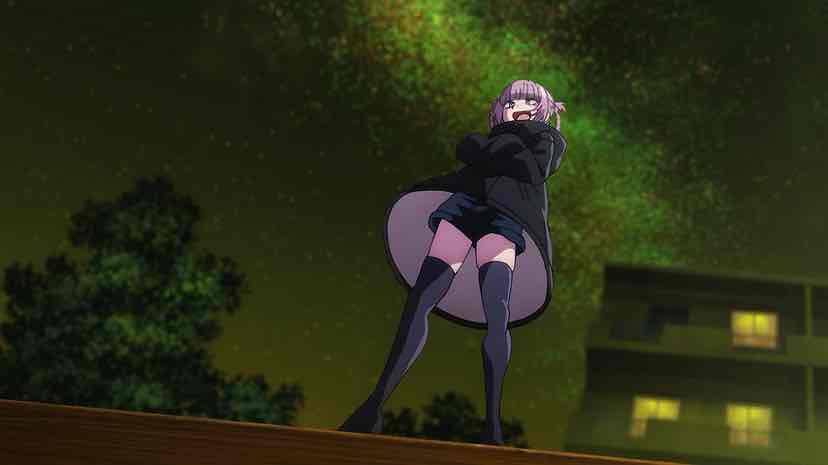 Make no mistake, its signature style is a very important part of Call of the Night’s identity. “A cross between Nazo no Kanojo X and Dagashi Kashi” still totally works for me, but in one way this show also shares something with FLCL. That too was an anime where the music – and attitude – of a band was a crucial component. And as with Tsurumaki Kazuya and The Pillows, that band is here because the man behind the series – in this case mangaka Kotoyama – is a huge fan. Not only do Creepy Nuts provide the OP and ED – and the series itself is named after one of their lyrics – Itamura is using insert songs, too. That music is a very important part of the mood the series is trying to set.
Make no mistake, its signature style is a very important part of Call of the Night’s identity. “A cross between Nazo no Kanojo X and Dagashi Kashi” still totally works for me, but in one way this show also shares something with FLCL. That too was an anime where the music – and attitude – of a band was a crucial component. And as with Tsurumaki Kazuya and The Pillows, that band is here because the man behind the series – in this case mangaka Kotoyama – is a huge fan. Not only do Creepy Nuts provide the OP and ED – and the series itself is named after one of their lyrics – Itamura is using insert songs, too. That music is a very important part of the mood the series is trying to set.
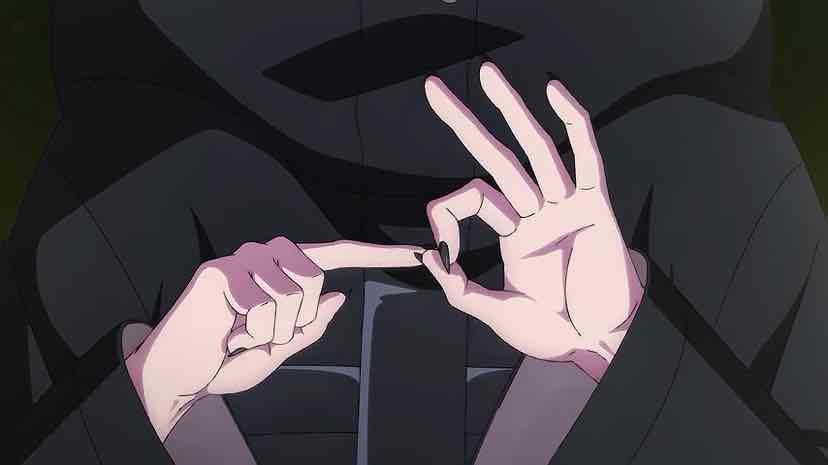 I’m already sensing that Kotoyama is veering away from an area I hoped he might explore – an asexual teenager coping with a world that rejects that lifestyle – and towards a budding love story. But that’s what I expected to be honest, and I’m really liking the dynamic between Kou and Nazuna here. And there are still elements of Kou’s nature that seem destined to survive – his comfort level with being alone, and his bewilderment at not feeling sad about the same things other people do. Kou may not be an ace but he looks to be a true introvert, and not the phony kind anime usually pretends to explore. And besides, asexuality is like anything else in this arena – it’s a spectrum, not a pole, and there’s no doubt he’s on it.
I’m already sensing that Kotoyama is veering away from an area I hoped he might explore – an asexual teenager coping with a world that rejects that lifestyle – and towards a budding love story. But that’s what I expected to be honest, and I’m really liking the dynamic between Kou and Nazuna here. And there are still elements of Kou’s nature that seem destined to survive – his comfort level with being alone, and his bewilderment at not feeling sad about the same things other people do. Kou may not be an ace but he looks to be a true introvert, and not the phony kind anime usually pretends to explore. And besides, asexuality is like anything else in this arena – it’s a spectrum, not a pole, and there’s no doubt he’s on it.
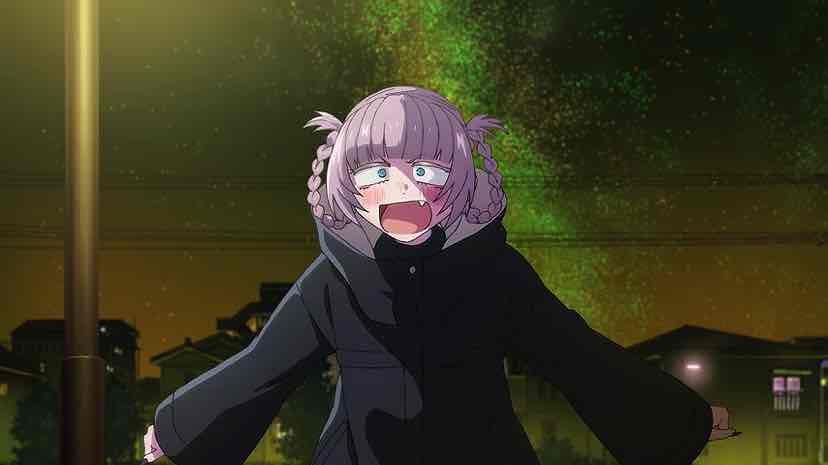 The interplay – “verbal copulation” if you will – between Nazuna and Kou is genuinely interesting. She calls him ecchi for showing her his collarbone, clearly wanting him to play hard to get. He scolds her for continually talking about copulating. Conflating sex and vampirism is hardly new – it’s pretty much the cornerstone of vampire fiction – but this is a clever spin on it. Kou is clearly uncomfortable with the idea that in sucking his blood Nazuna is in effect having sex with him, but as this is how vampires reproduce her explanation does make sense. He’s also uncomfortable with her seeking blood from other people (the symbolism is hard to miss).
The interplay – “verbal copulation” if you will – between Nazuna and Kou is genuinely interesting. She calls him ecchi for showing her his collarbone, clearly wanting him to play hard to get. He scolds her for continually talking about copulating. Conflating sex and vampirism is hardly new – it’s pretty much the cornerstone of vampire fiction – but this is a clever spin on it. Kou is clearly uncomfortable with the idea that in sucking his blood Nazuna is in effect having sex with him, but as this is how vampires reproduce her explanation does make sense. He’s also uncomfortable with her seeking blood from other people (the symbolism is hard to miss).
 Of course, Nazuna isn’t really searching for some feeb to suck when Kou can’t find her – she’s looking for him just as he’s looking for her. Is it just because his young blood is so tasty, or is there more? We don’t know much about vamps in this mythology yet – just what Nazuna says, and she might be an unreliable narrator. But to what extent this relationship is predatory (take that however you like) is a crucial matter of uncertainty. At the very least she’s older than he is, even biologically – and emotionally who knows how much older. He’s doing this because he wants to, but he’s really not old enough to grasp the implications of his actions.
Of course, Nazuna isn’t really searching for some feeb to suck when Kou can’t find her – she’s looking for him just as he’s looking for her. Is it just because his young blood is so tasty, or is there more? We don’t know much about vamps in this mythology yet – just what Nazuna says, and she might be an unreliable narrator. But to what extent this relationship is predatory (take that however you like) is a crucial matter of uncertainty. At the very least she’s older than he is, even biologically – and emotionally who knows how much older. He’s doing this because he wants to, but he’s really not old enough to grasp the implications of his actions.
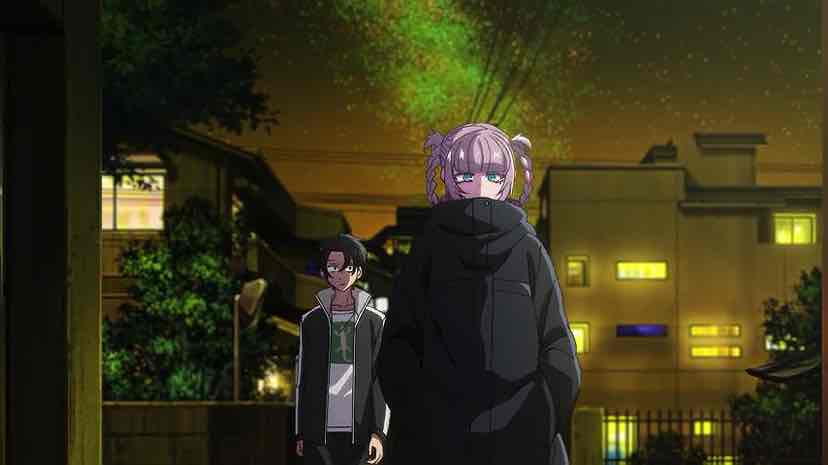 Another element this series clearly gets is the allure of being out in the wee hours – the “call of the night” indeed. Cities are beautiful then in ways they aren’t at any other time, and scary too in a fashion that thrills you. None of that is ever more potent than when you’re a teenager, and the intoxicating effect it has on Kou comes across very clearly. Then we had that phone bit, which really hit home with me because – yes, I admit it – my first mobile was a brick phone (a term I’m guessing most of the audience won’t even know). That’s an age check for me, and for Nazuna too – of course she’s older than she looks, but we really have no idea just how much.
Another element this series clearly gets is the allure of being out in the wee hours – the “call of the night” indeed. Cities are beautiful then in ways they aren’t at any other time, and scary too in a fashion that thrills you. None of that is ever more potent than when you’re a teenager, and the intoxicating effect it has on Kou comes across very clearly. Then we had that phone bit, which really hit home with me because – yes, I admit it – my first mobile was a brick phone (a term I’m guessing most of the audience won’t even know). That’s an age check for me, and for Nazuna too – of course she’s older than she looks, but we really have no idea just how much.
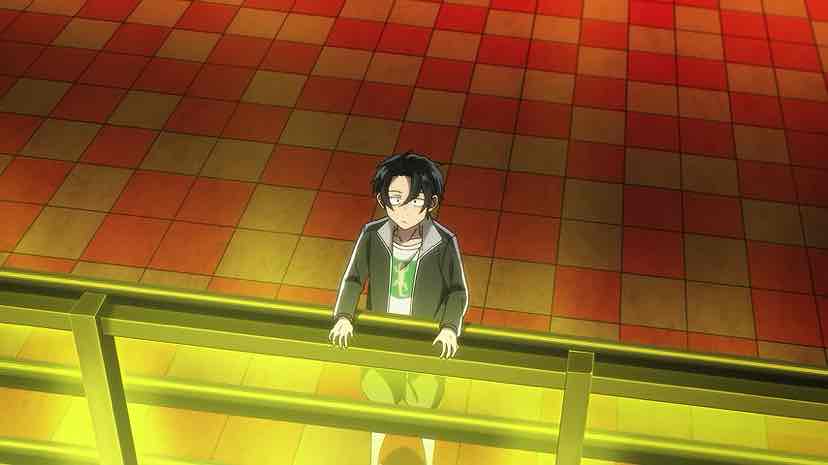 That leads directly into the watch transceiver development, which I think is deceptively important. The story Kou tells reveals a lot about himself – how he chose to use that toy, the fact that he never followed through on his plan, and his decision to take the plunge now. It’s not hard to see that he’s falling in love with Nazuna, who he decides he’s (al)ready to call “-chan”. But there was someone else on the other end all along, if he’d only pushed the button – this girl (Hamamori Yumiri). If it’s Kotoyama, there pretty much has to be a childhood friend – but this one belongs to a world Kou is starting to leave behind. Is this a connection strong enough to keep him tethered to it?
That leads directly into the watch transceiver development, which I think is deceptively important. The story Kou tells reveals a lot about himself – how he chose to use that toy, the fact that he never followed through on his plan, and his decision to take the plunge now. It’s not hard to see that he’s falling in love with Nazuna, who he decides he’s (al)ready to call “-chan”. But there was someone else on the other end all along, if he’d only pushed the button – this girl (Hamamori Yumiri). If it’s Kotoyama, there pretty much has to be a childhood friend – but this one belongs to a world Kou is starting to leave behind. Is this a connection strong enough to keep him tethered to it?
ED Sequence:.


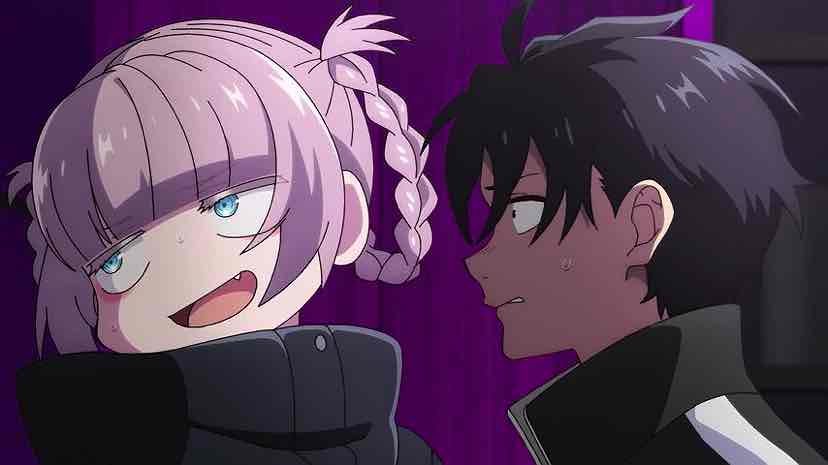
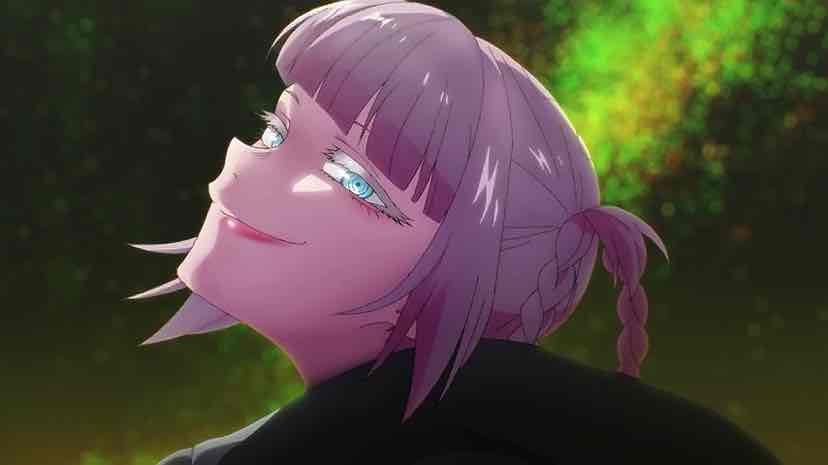
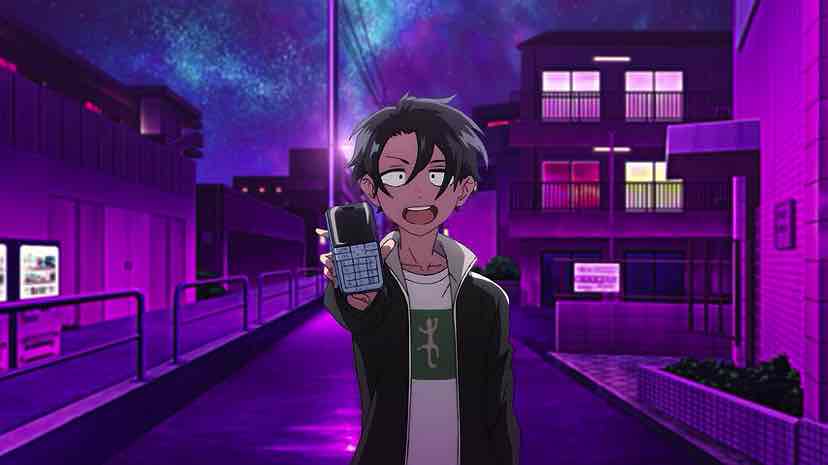
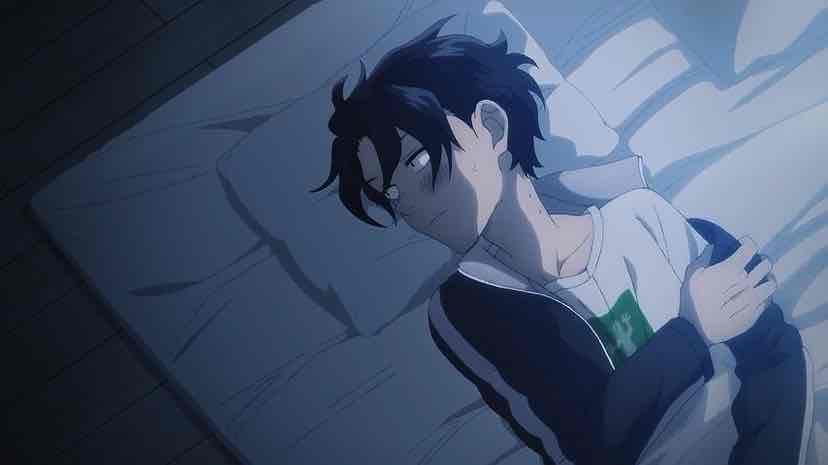

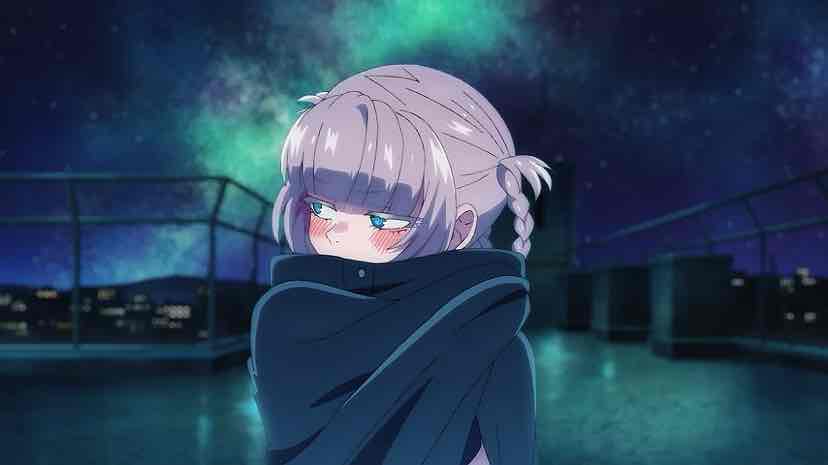
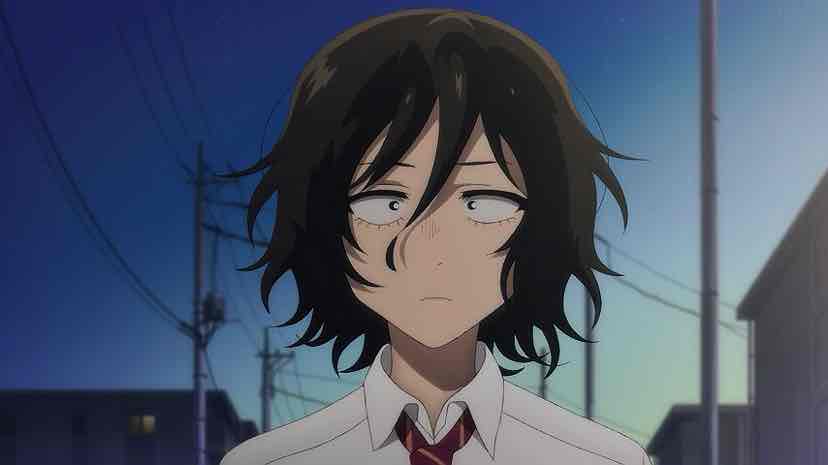

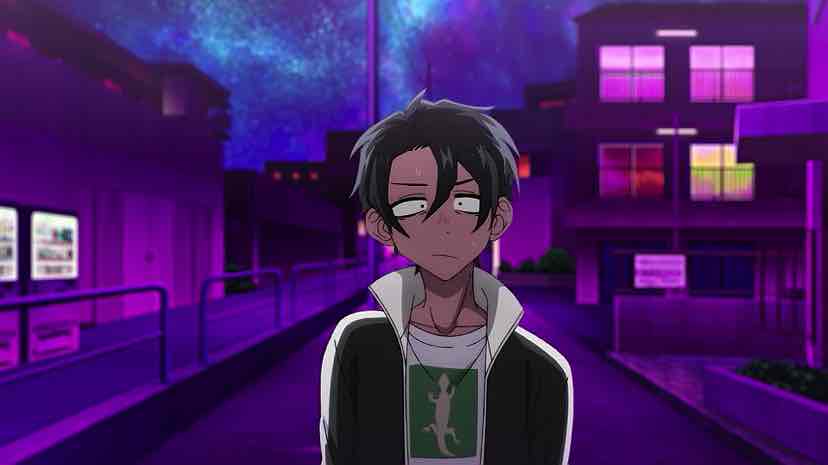
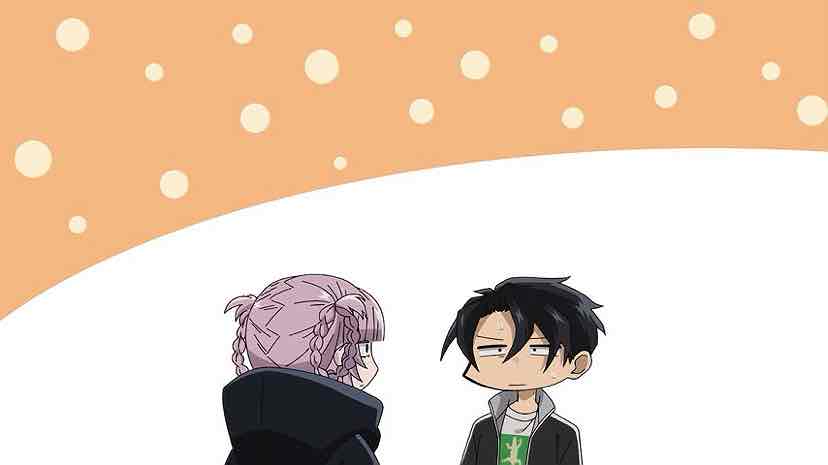
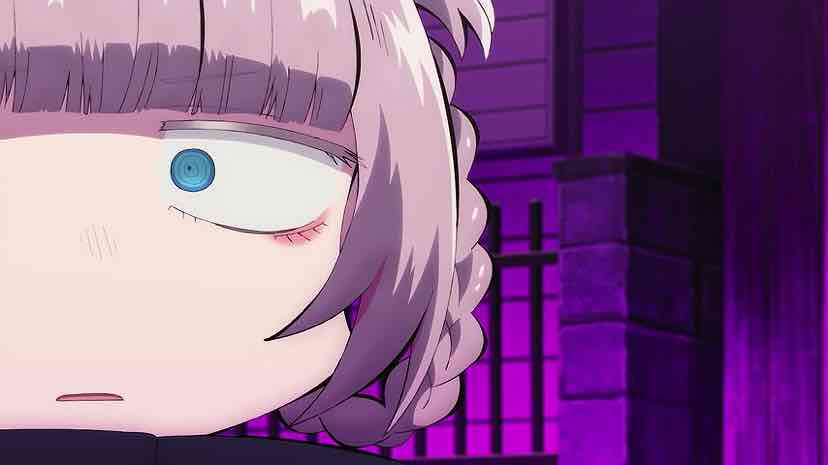
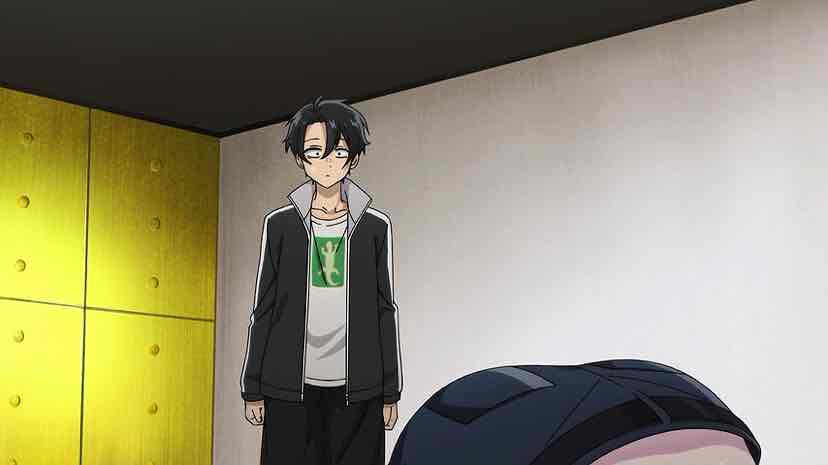
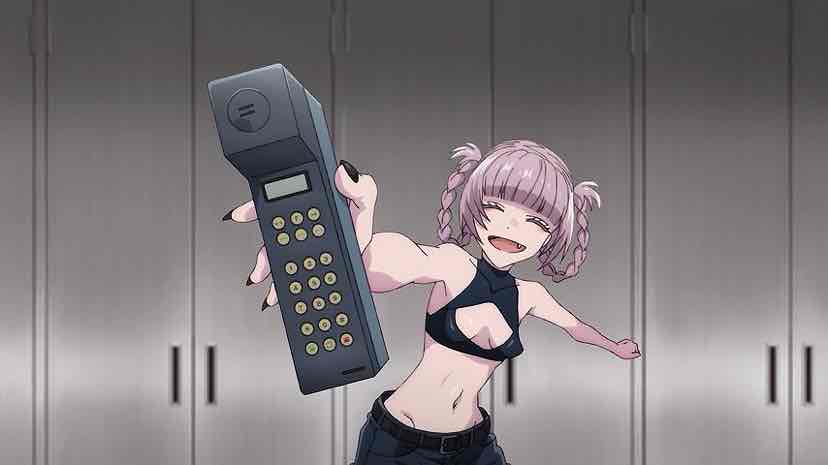

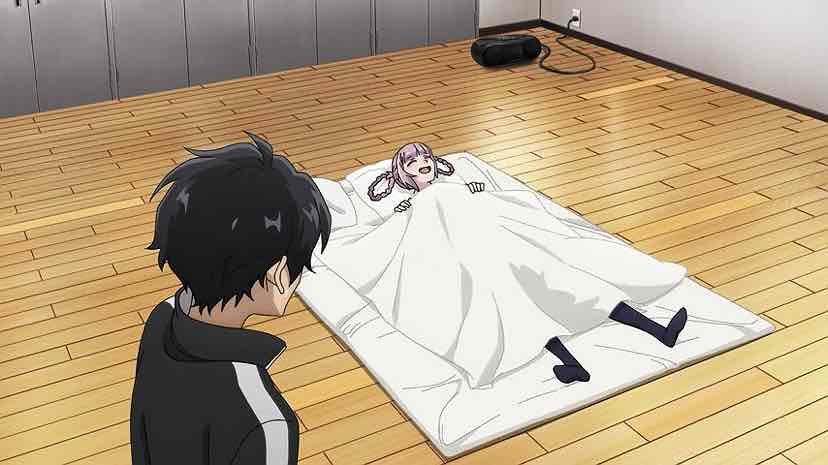
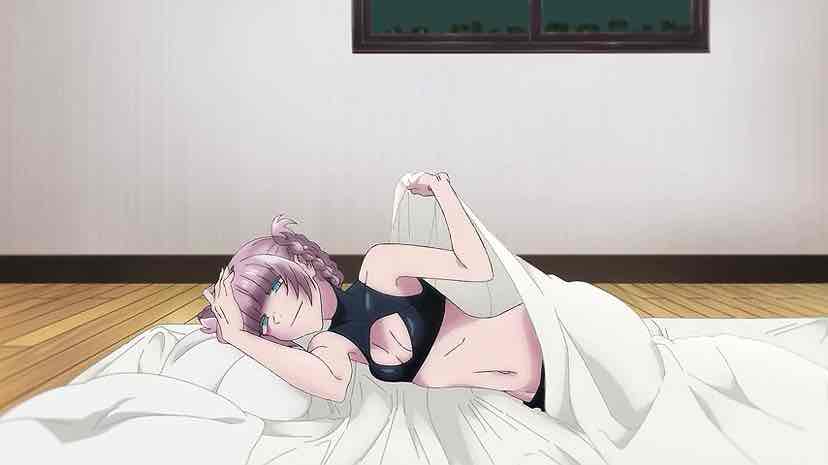
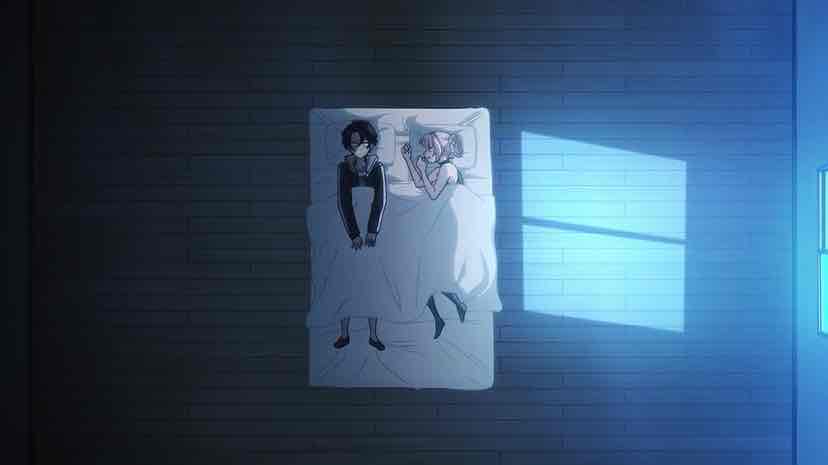
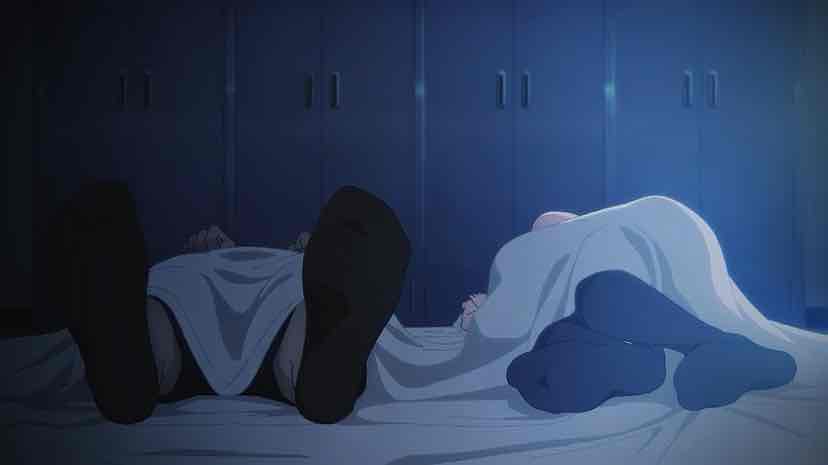
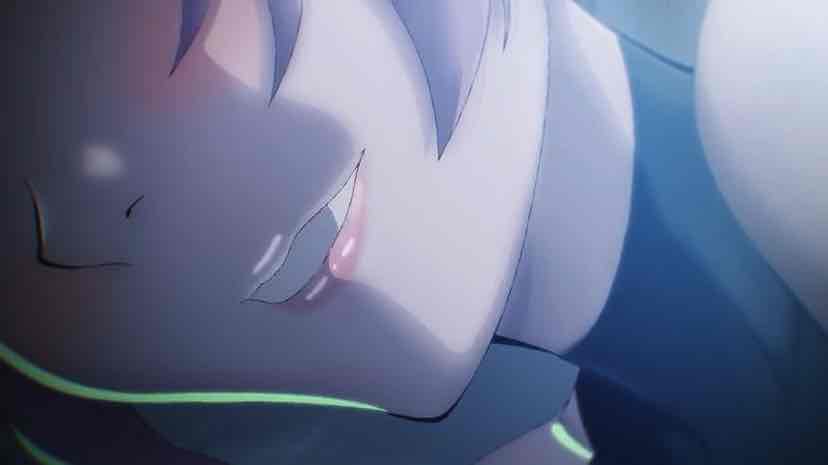
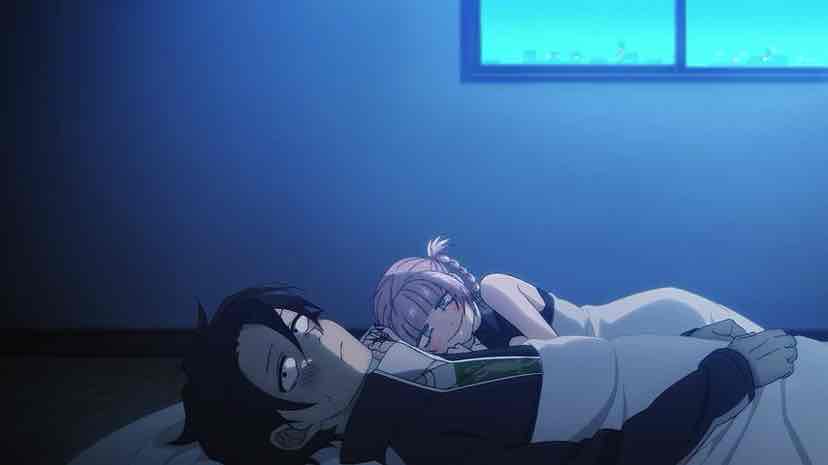
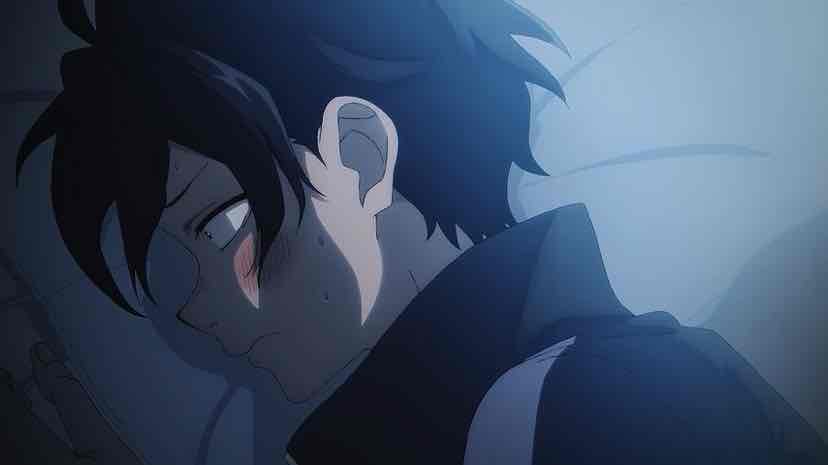


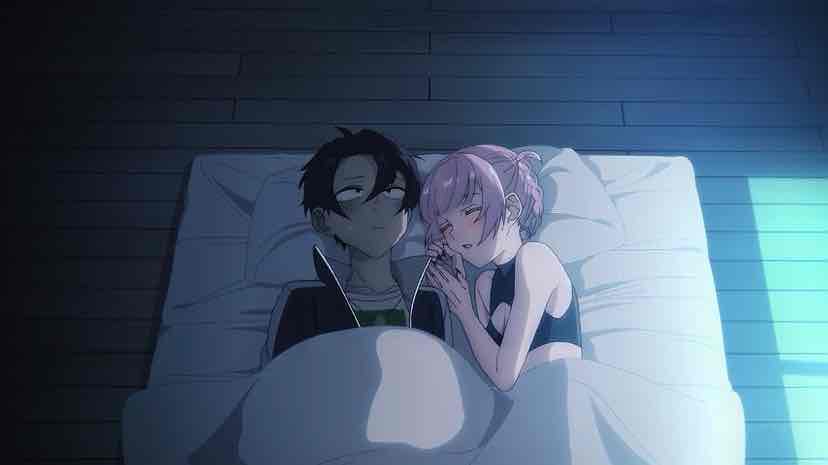
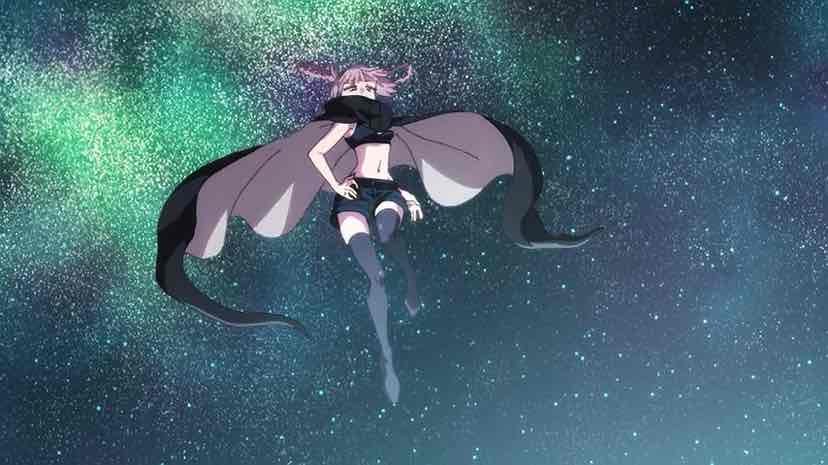
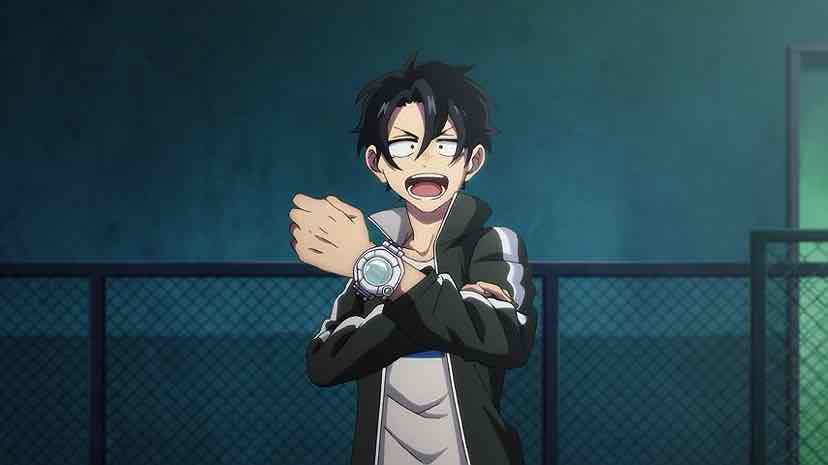
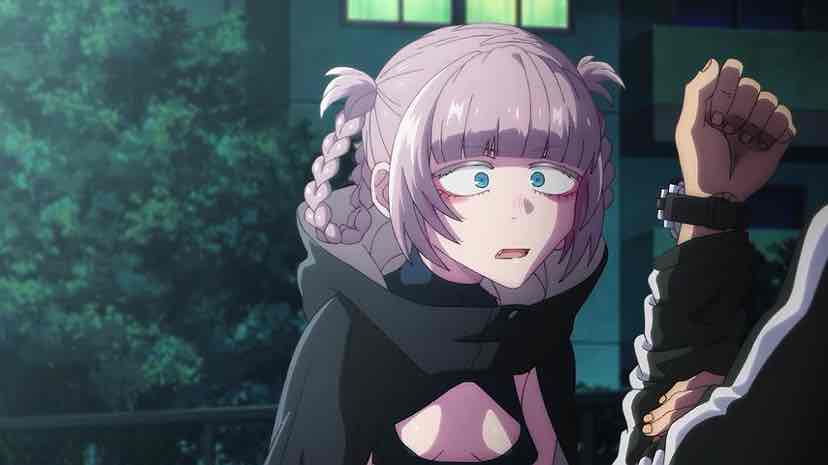
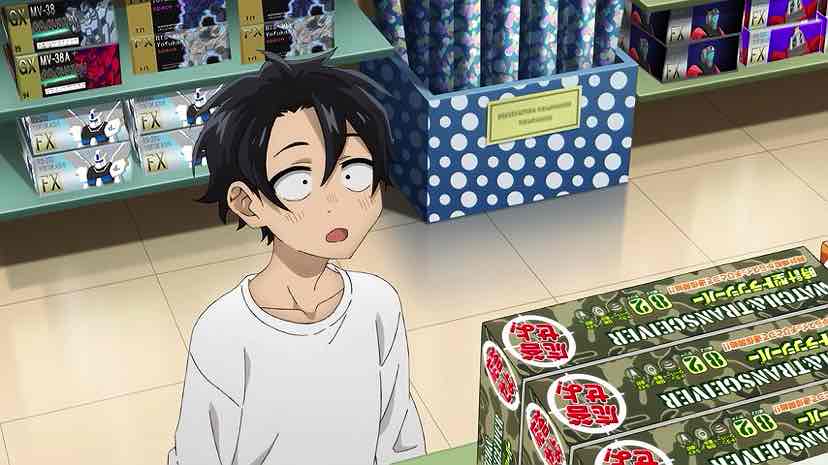
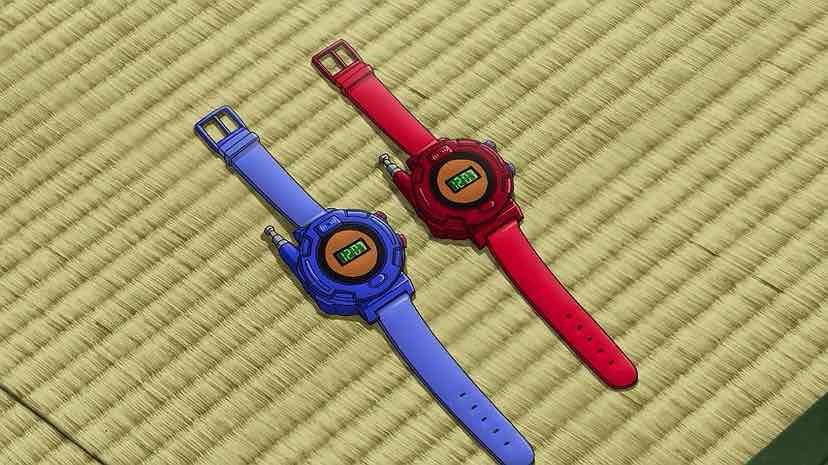
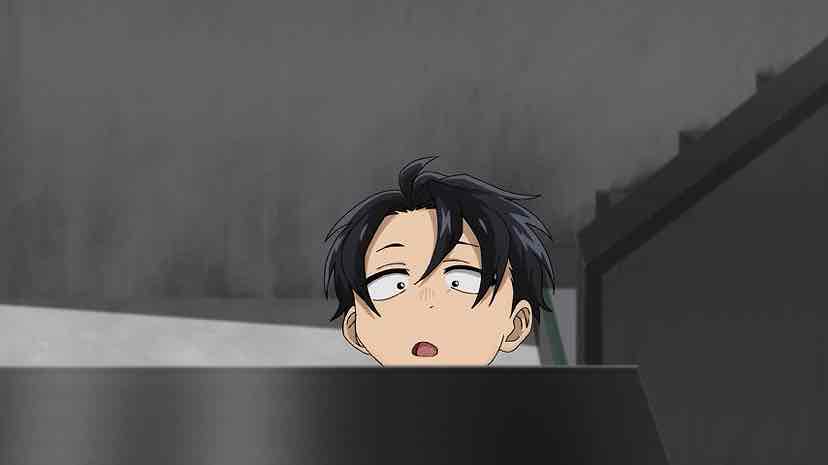
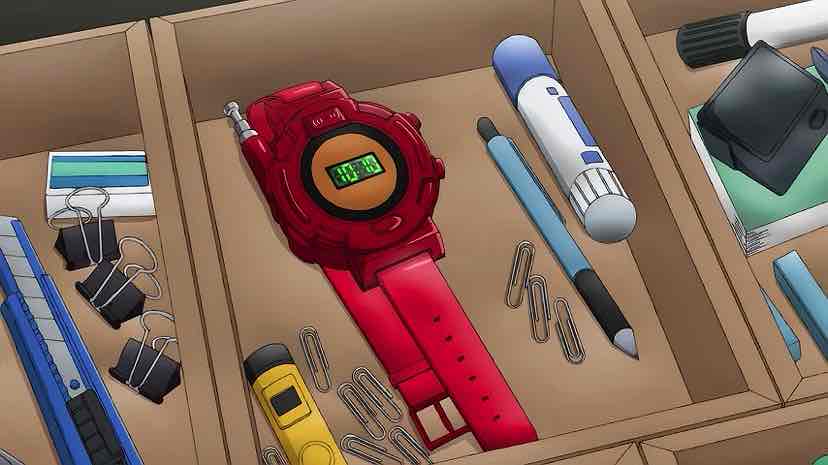
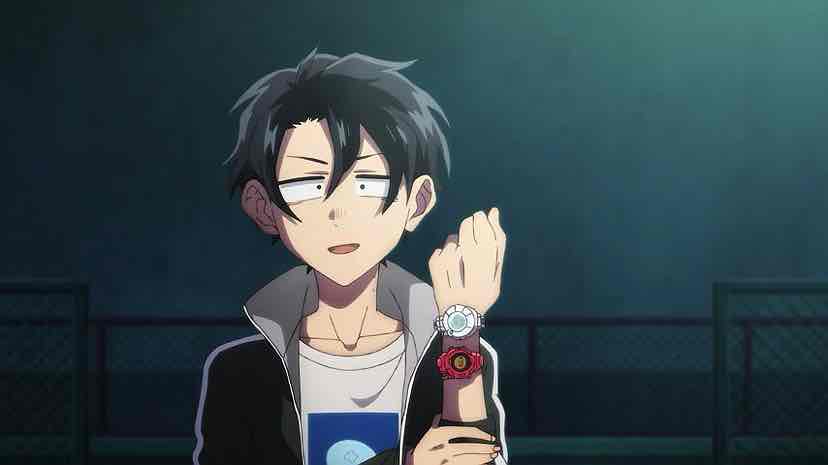
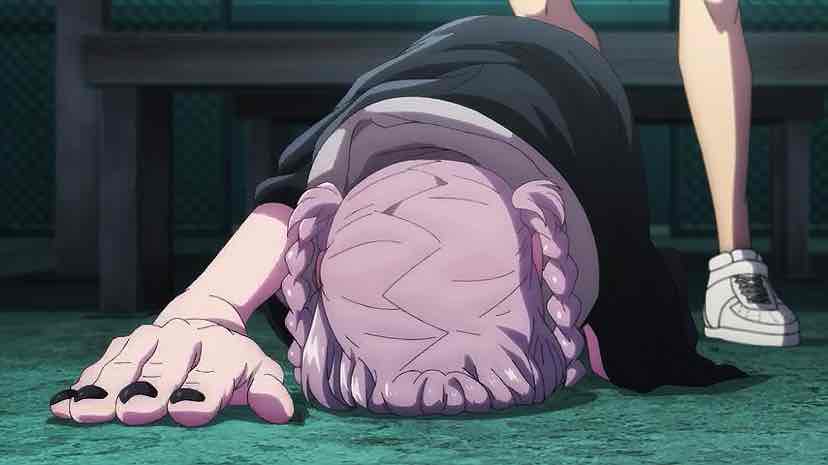


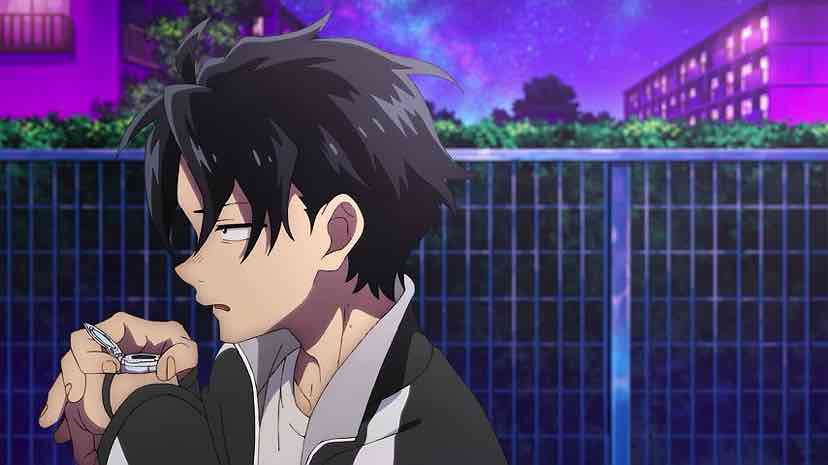
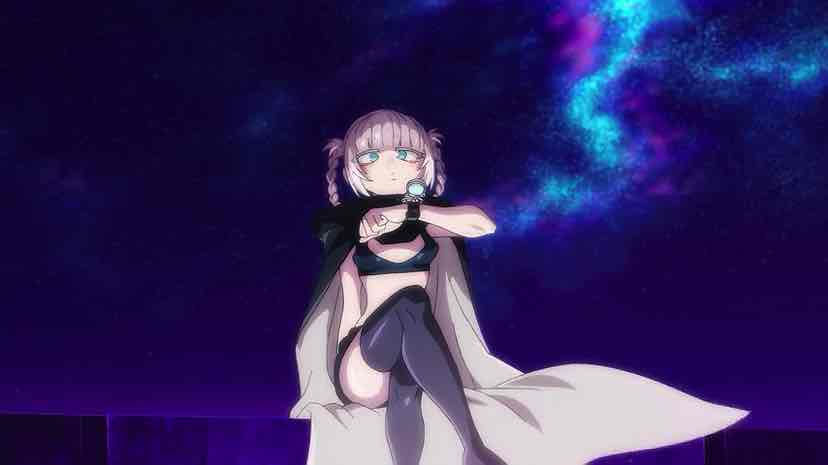

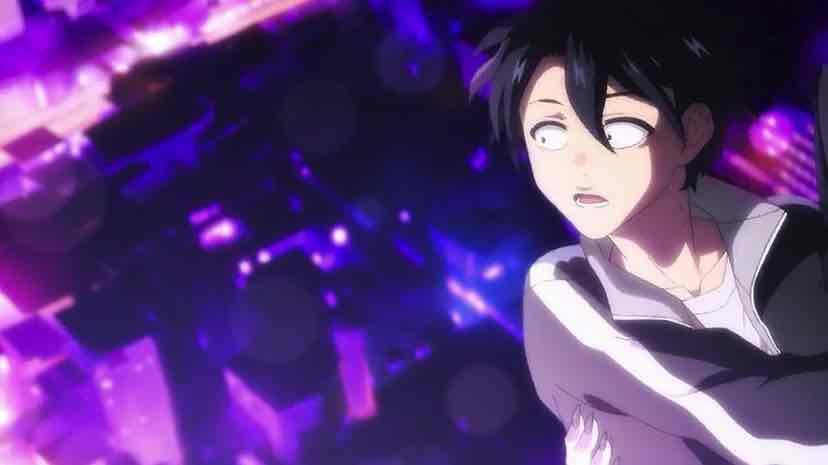

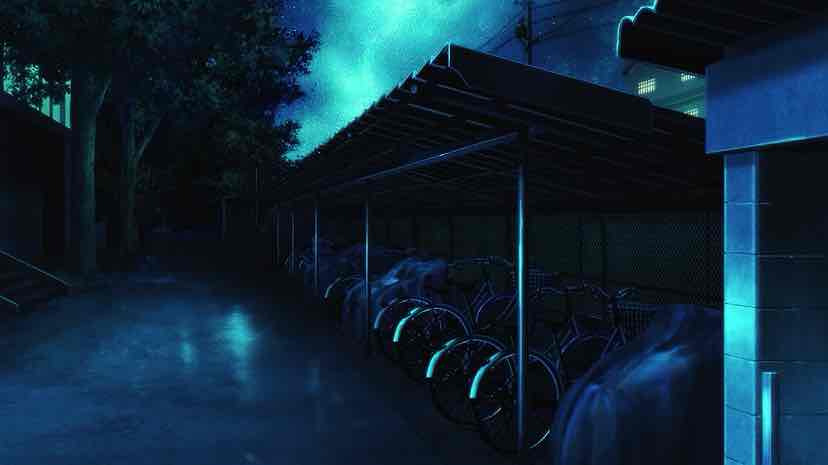
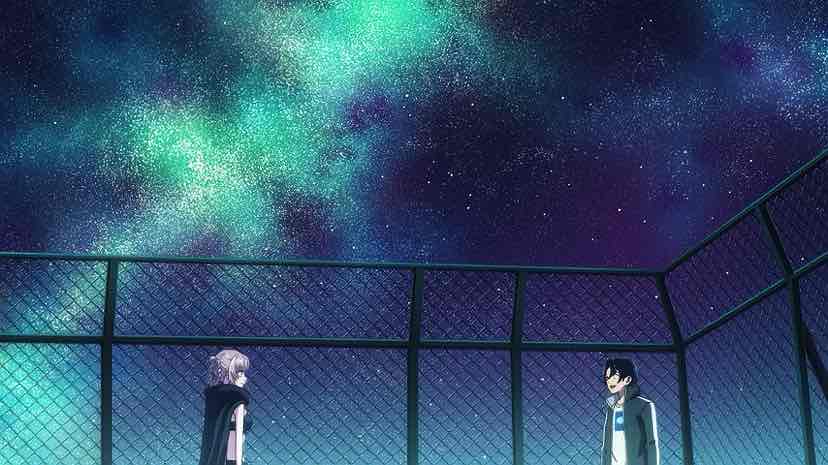

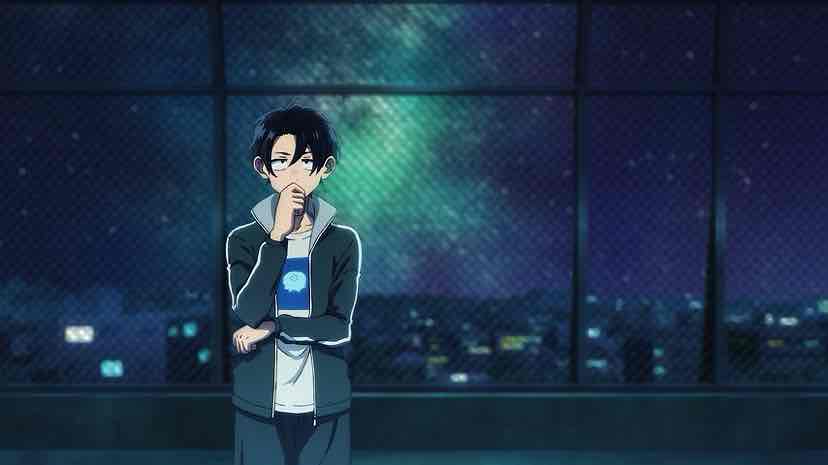
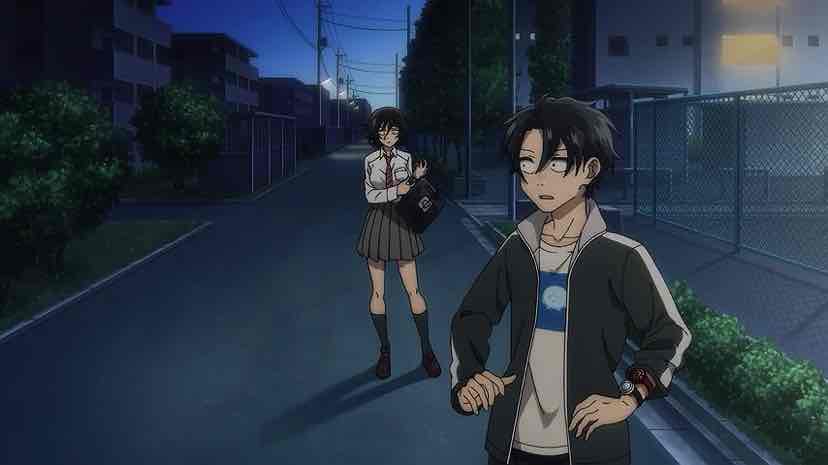
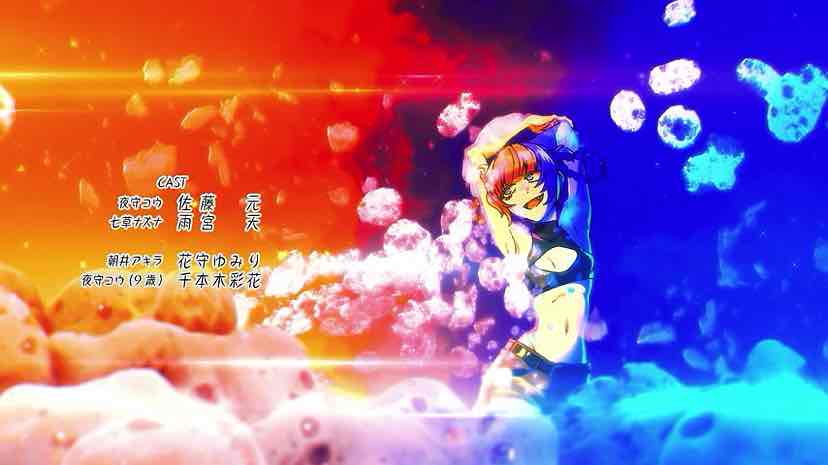
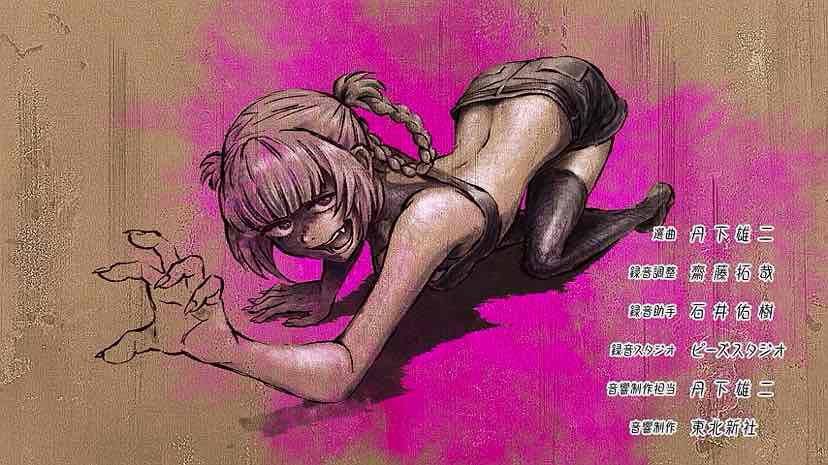

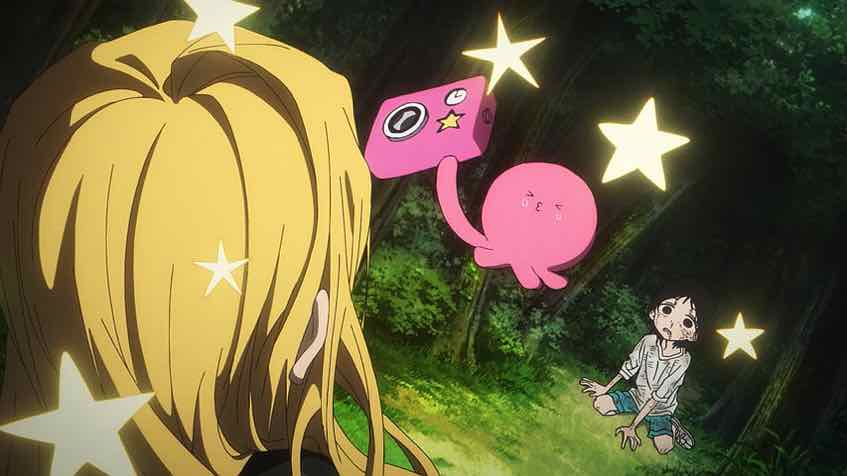
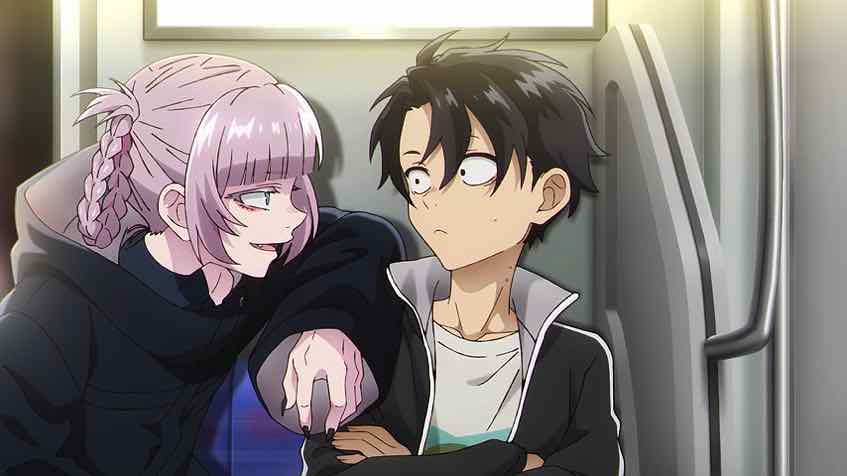
Marty
July 16, 2022 at 10:39 amGenuine Question: What would you consider your gateway anime/Manga? By this I mean, what was the first manga/anime you saw that you first realized WAS something different than western animation (when I was a child, I legitimately thought Pokémon and DBZ were American cartoons at first, idk if u or anyone else really went through that phase).
Guardian Enzo
July 16, 2022 at 11:51 amProbably Eva. I saw it too soon in my anime development, but grasped enough to realize this was a fucking art form like none I’d ever experienced. Others of that vintage which were big for me were stuff like Outlaw Star and even Tenchi Muyo, and eventually Last Exile, and of course all the other Gainax series that NGE led me to. Of which FLCL was the clear standout, though I was a huge fan of most Gainax works.